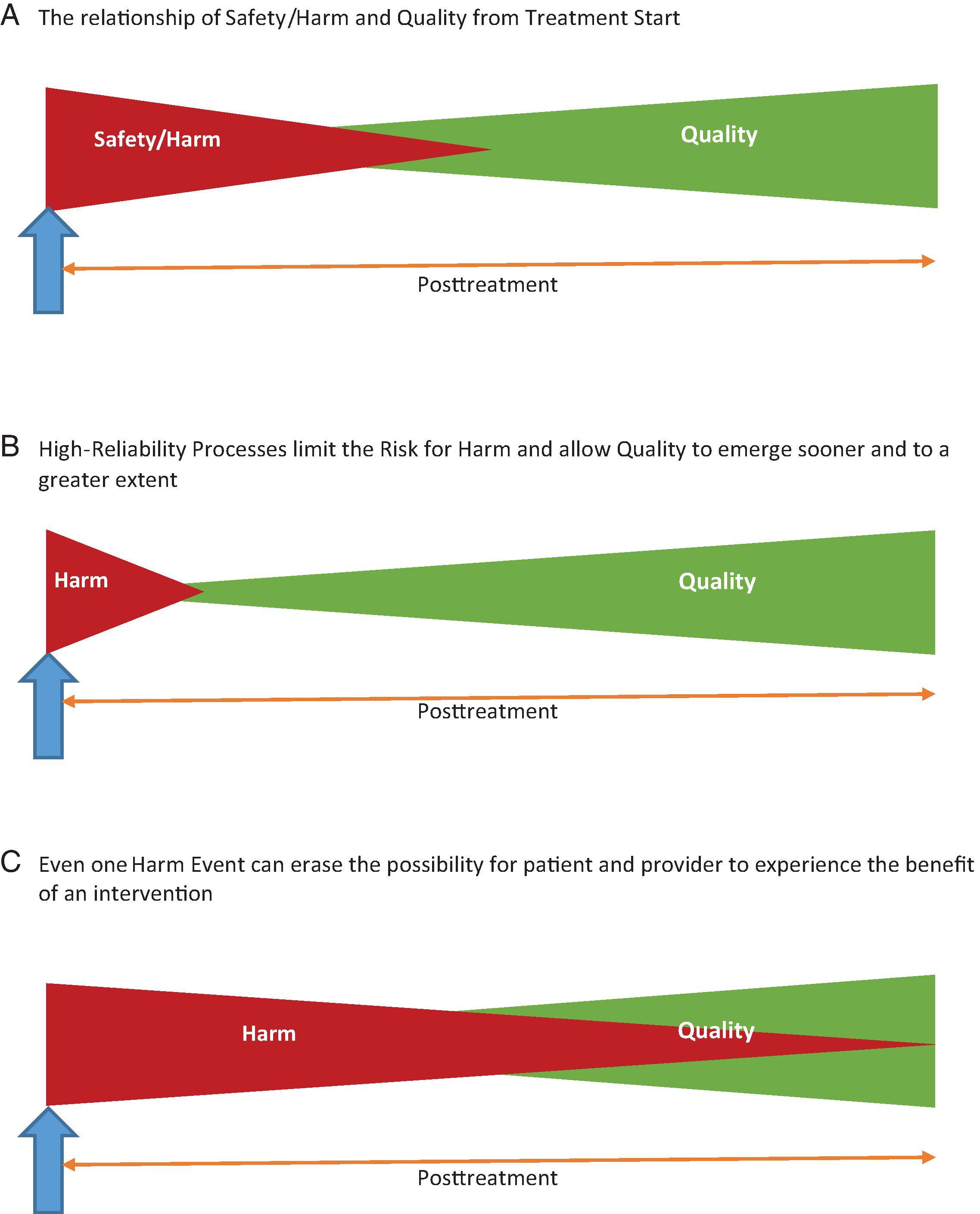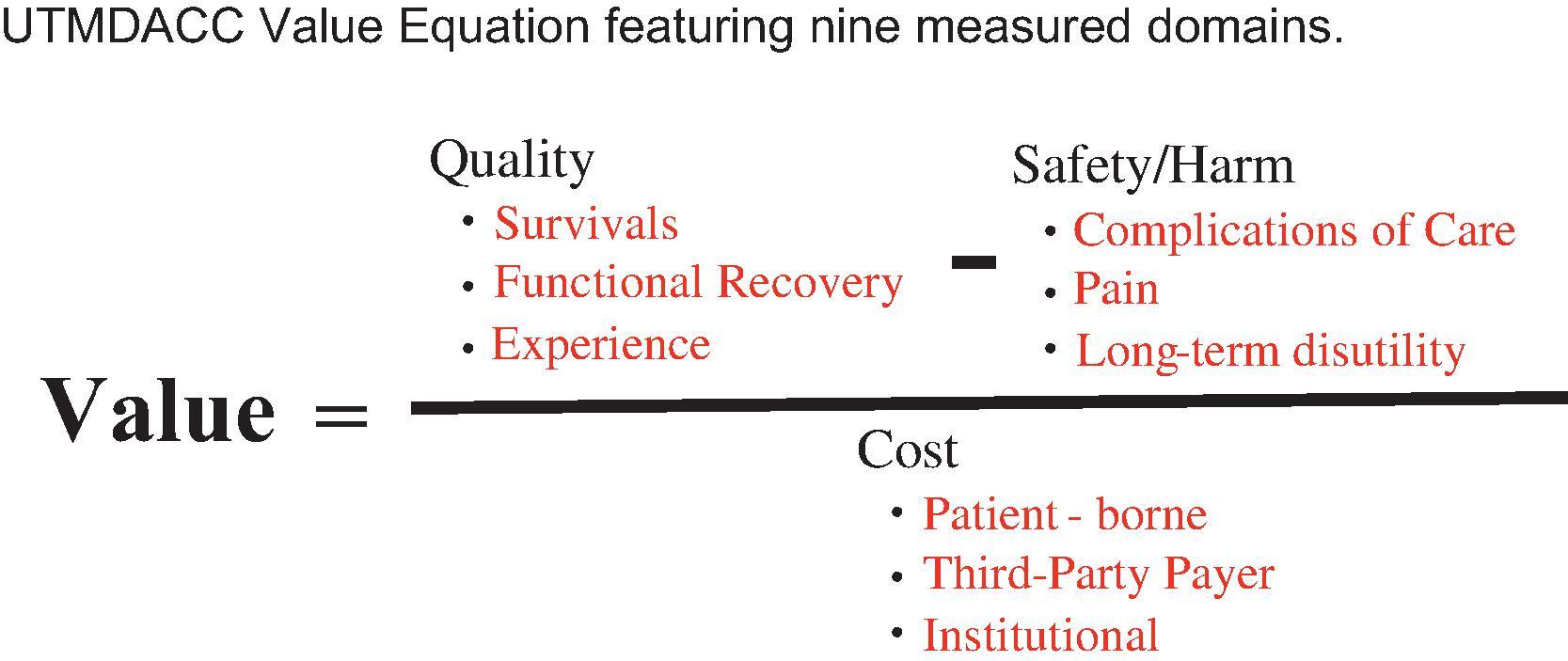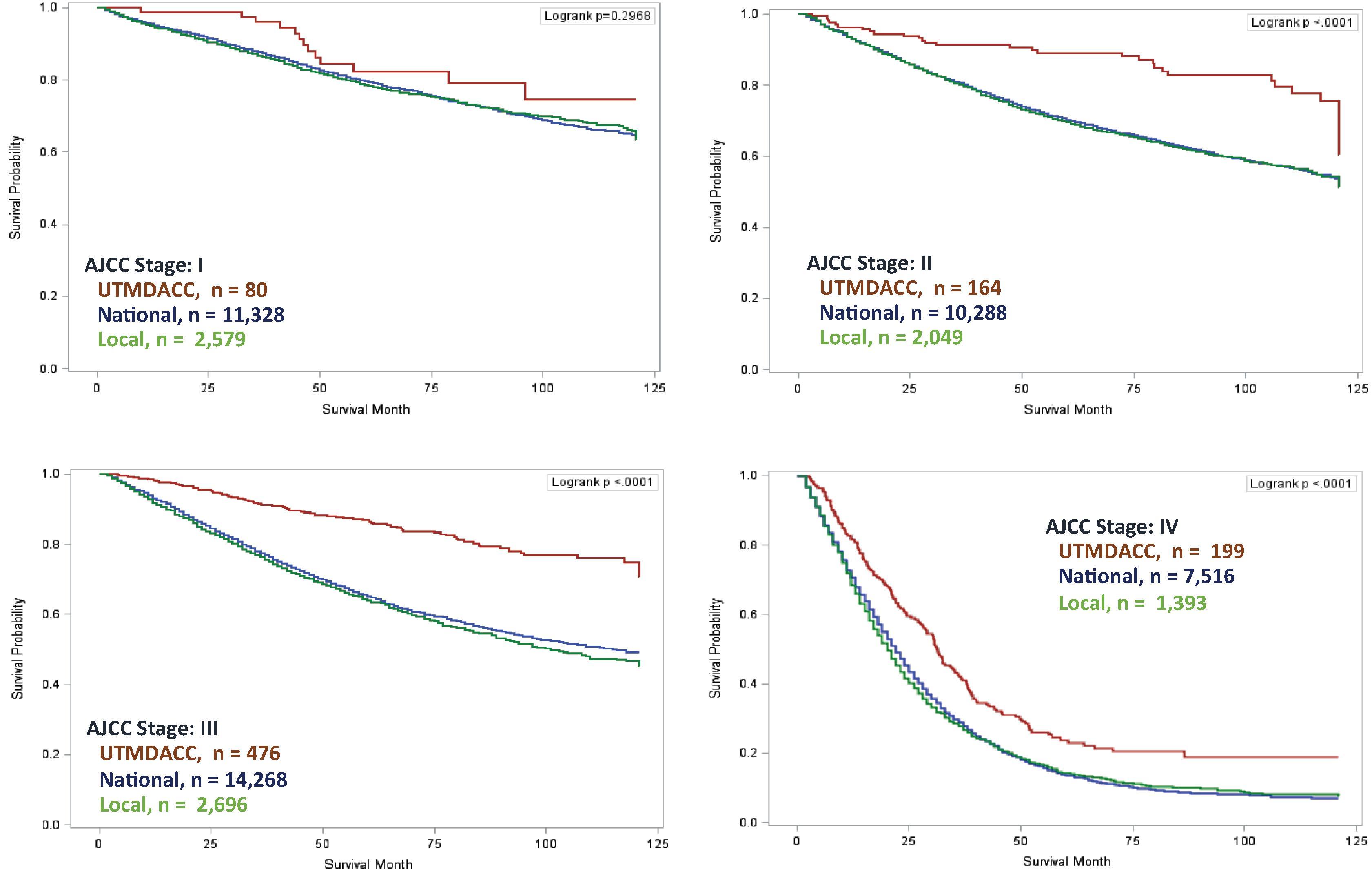Physical Address
304 North Cardinal St.
Dorchester Center, MA 02124
Over the past decade, many forms of the value equation have emerged from the original “Value = Outcomes/Cost” framework promulgated by Professors Michael Porter, Elizabeth Teisberg, and Robert Kaplan of the Harvard Business School. Health care systems, hospital alliances, government health care funders, and even individual providers and health care administrators within the same institution have developed their own versions of the value equation. For example, many health systems have emphasized the concept of “high reliability,” interpreting the value equation as “Value = Safety/Cost.” However, by focusing the numerator only on harm, this form of the equation disregards the value of the positive outcomes that are sought from health care encounters. Alternative proposals have emphasized patient experience in the denominator, to the exclusion of either quality or safety. However, other versions combine these concepts:
“Value = (Quality + Outcomes)/Cost”
“Value = (Outcomes + Patient Experience)/(Direct + Indirect Cost)”
“Value = (Quality + Service)/Cost”
Each of the above variations of the value equation has fundamental flaws that prevent meaningful measurement of value. The major problem with each version is that the terms are nebulous, leaving too much room for interpretation when precision is needed. What is meant by safety? What is quality? Which costs should be included? Likewise, these equations do not always measure value from a patient’s perspective. Frequently, the denominator of costs has been interpreted as institutional costs of provisioning care or third-party reimbursement when patient-centered value focuses only on out-of-pocket patient expenditures for health care, including copays and deductibles, but also on travel expenses and lost wages.
Adding to the already challenging task of developing measurement for a multidimensional equation is the complexity of cancer care and the heterogeneity of the patient population. Each type of cancer is not a single disease but a conglomerate of thousands of diseases with distinct characteristics that carry varying risks and require different treatments. Even within the same cancer disease type, there is variability in the genomic pathways that require individual considerations. Overlying the oncologic variability is variability in our patients’ social determinants of health and their subjective outcome priorities. Faced with this compounded variability, our challenge was to develop a value equation that is inclusive of all the important domains while remaining scalable across a variety of diseases, perspectives, and priorities.
To achieve this objective, we first expanded the terms in the numerator to contrast the outcome of “Quality” (defined as the achievement of a positive outcome) against the outcome of “Safety” (defined as the avoidance of a negative outcome). Here, “Safety” is mathematically equivalent to 1/“Harm.” Although interrelated, the terms quality and safety are very different. Quality is the indication for the treatment, the reason we perform therapeutic intervention, while safety is what we do during the intervention to avoid harm. For almost every medical intervention (including drug therapies), at the time the intervention is initiated, the patient and provider cannot see the quality of the intervention (e.g., long-term survival after cancer surgery) ( Fig. 53.1A ). However, they are definitely exposed to the risk of harm (e.g., postoperative thromboembolism).

As previously discussed, a commonly derived transformation of the value equation has been tailored for high reliability, expressed as “Value = Safety/Cost.” However, this version of the formula does not fully capture the impact of high reliability. The reason it is laudable to focus on a high-reliability environment is not only that it emphasizes the need to limit the risk for harm, but equally or more importantly, a narrowed risk for harm through high-reliability processes allows the patient and the provider to see the quality objective sooner and to a greater extent ( Fig. 53.1B ). In an error-prone, low-reliability environment, or in the case of chance complications, it is well understood that even one adverse event can completely erase the possibility of experiencing the intended quality of the intervention ( Fig. 53.1C ). The fact that 90% of “Quality measures” in health care are actually metrics describing harm, and we seldom measure and report on the positive quality outcomes of treatment, is a primary driver of provider burnout in medicine. Based on these and other arguments, it is imperative that the value equation speak to both positive qualities and potential harm.
To account for both sides of this coin, we operationalized the numerator of the value equation as “Quality minus Harm.” With these two domains defined, the patient can start to appreciate both the positive and negative attributes of the proposed intervention and to compare one therapy to another or one providing institution to another for the same therapy. This configuration likewise feels natural to providers, as it is the embodiment of the modern consent process, where we describe the benefits, risks, and alternatives of an intervention to the patient and their associated caregivers, allowing all parties to determine whether the balance favors (or not) the proposed procedure or treatment.
With the foundation of “Value = Quality minus Harm over Cost,” we sought to define and measure the individual components of each of these three terms. To accomplish this, we interviewed patients, caregivers, and providers. We expected to find a vast array of qualities and harms that spoke to patients and providers alike. However, ultimately (and conveniently) all of the feedback we received could be folded under three primary qualities that patients seek from cancer care and three specific areas of harm that they seek to avoid ( Fig. 53.2 ). In the next section, we define each of these subcategories of value.

Similar to the traditional basic form of the value equation, the University of Texas M.D. Anderson Cancer Center (UTMDACC) value equation is patient-centric, focusing on the value of care provided from the patient’s perspective. However, unlike other forms of the value equation, this equation considers the factors that impact decisions from the perspective of all stakeholders, defines measurement for each component, and identifies their respective data sources to enable actual calculations and comparisons of care value. Additionally, the universality of the equation allows value calculations to easily transition between different cancers while still maintaining meaningful insights to inform decisions. The analyses are also easily dissectible to concentrate on specific patient populations, disease types, and outcome sets. The equation can be similarly utilized in noncancer-related care settings.
Based on our qualitative interviews and quantitative feedback, it is clear that patients seek three qualities from their cancer care: survivals, functional recovery, and a positive experience (PE) .
Survivals
Ninety percent of surveyed cancer providers reported that survival is the number one priority of our patients. Interestingly, only 50% of patients ranked survival as their first priority, as many more patients than might be expected were focused on returning to pressing life responsibilities that cancer had “interrupted” and/or maintaining their independence in the vein of “Quality of life over Quantity of life.” Even patients who rank survival first, when pressed why their priority would be the achievement of a milestone birthday (e.g., So your first priority is to make it to 80 years old?). Most reply that the desire for longer survival is actually only driven by the observation that they “have more to do in life.” In other words, functional recovery from illness (discussed later) is clearly the primary goal of cancer care for the vast majority of our patients, and perhaps the most underaddressed value proposition in health care . This having been said, cancer survival remains a crucial and highly measurable Quality metric. It can be calculated from when a patient is diagnosed or starts treatment for a specific cancer to the date of recurrence, progression, or death. Leveraging our Tumor Registry, which contains patient follow up data on over 1.5 million patients beginning in 1944, analyses are performed to determine long-term cancer survival after care at UTMDACC, which can then be benchmarked against equivalent populations in national datasets, as demonstrated in Fig. 53.3 .
Functional Recovery

Almost all patients come to medical care with some level of disease-induced disability. Patients with malignancy are no exception, as they are frequently diagnosed in a debilitated state with cachexia, malnutrition, infection, immunosuppression, anxiety, and cancer-related pain. Unfortunately, most cancer treatments further impair the patient’s ability to perform desired activities by inducing symptoms and side effects. This sinister “double-hit” leaves patients with substantial levels of dysfunction. In part, this explains why functional recovery is the primary goal of cancer patients, as described earlier. It also implies that in addition to wearing badges that read “Surgical Oncology,” “Medical Oncology,” or “Radiation Oncology,” all cancer providers are also rehabilitation specialists. In fact, functional recovery is so preeminent in patient-centric value that a health care enterprise’s ultimate true value could be summed to the degree to which it recovers patients from illness . Rapid recovery also speaks to the value employers place on their employees rapidly returning to the workforce. Despite the preeminence of this value proposition, it is remarkable that functional recovery data are rarely found in our historical written medical records or our current electronic billing records (EHRs). This is because the only mechanism to assess functional recovery is to ask the patients how functional they are in their daily lives. Not only have we paternalistically never asked, we poorly recorded our own impressions of recovery via simple tools such as the Karnofsky status or Eastern Cooperative Oncology Group (ECOG) performance status. , Fortunately, we are evolving, and the field of patient-reported outcomes (PROs) has exploded into medical research and care, allowing patients to voice and numerically score their degree of recovery. , Only by using PRO surveys at strategic time points (e.g., preintervention and 14, 30, and 90 days postintervention) in clinical care can we measure our ability to achieve short-term functional recovery after interventions. Validated PRO instruments tend to be dominated by measures of symptom burden but the best tools for measurement of functional recovery contain measures of life interference from symptoms. Our research shows that symptoms are variable, difficult to impact, and frequently affected by psychologic overtones. The goal of enhanced recovery programs is to facilitate function with symptoms. Therefore PRO instruments that include questions about walking, work, ability to care for self, ability to care for others, and enjoyment of life serve as actionable dependent variables for hospitals to measure the value of their function recovery efforts. Armed with these measures of success, enhanced recovery programs have entered the cancer care environment with ubiquitous benefits that impact multiple areas of the value equation.
Patient Experience
The third quality patients seek from cancer care is a positive experience (PE). PE is sometimes conflated with PROs, but symptoms and function are distinct from feelings of respect, courtesy, and open communication, as measured by patient experience and satisfaction surveys. An increasing number of institutions are collecting patient feedback through patient satisfaction reports, feedback surveys, and patient and family advisory councils. These data points are assessed to rate an important part of the success of the service provided to patients along their cancer care journey.
Become a Clinical Tree membership for Full access and enjoy Unlimited articles
If you are a member. Log in here